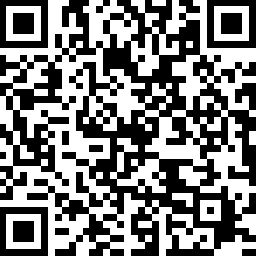
下载亿题库APP
联系电话:400-660-1360

下载亿题库APP
联系电话:400-660-1360

请谨慎保管和记忆你的密码,以免泄露和丢失

请谨慎保管和记忆你的密码,以免泄露和丢失
一般将来时的“be to+动词原形”该如何应用?
一般将来时表示将来某一时刻的动作或状态,或将来某一段时间内经常的动作或状态。在英语时态中,“时”指动作发生的时间,“态”指动作的样子和状态。
含义:表示将来某一时刻的动作或状态;将来某一段时间内经常的动作或状态。
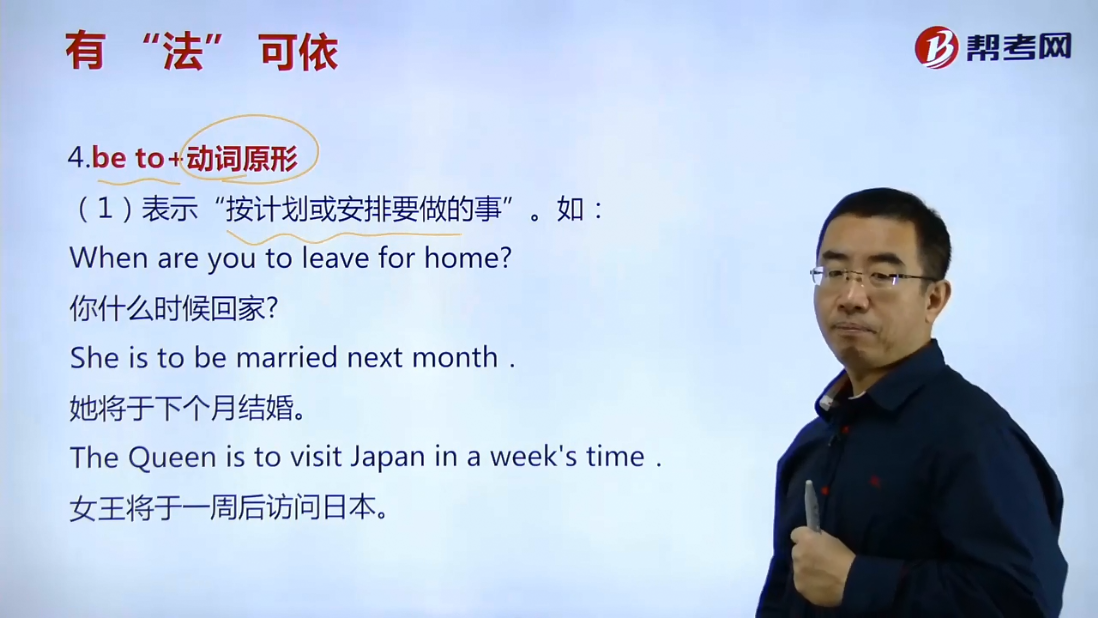
be to+动词原形
(1)表示“按计划或安排要做的事”。如:
When are you to leave for home?
你什么时候回家?
She is to be married next month.
她将于下个月结婚。
The Queen is to visit Japan in a week's time.
女王将于一周后访问日本。
这种结构也可用于过去时,was/were to do sth。表示曾经计划要做的事,但不表明计划是否被执行,或表示“命运(即命中注定要发生的事)”,而非计划。如:
I felt nervous because I was soon to leave home for the first time.
我感到很紧张,因为我很快就要首次离开家了。
They said goodbye, little knowing that they were never to meet again.
他们告了别,不知道以后再也不会见面了。
(2)表示“应该”,相当于should,ought to。如:
You are to report to the police.
你应该报警。
what is to be done?
应该怎么办呢?
(3)表示“想,打算”,相当于intend,want。如:
If We are to be there before ten, we'll have to go now.
如果我们要在10点前到,我们现在就得走。
(4)表示“可以,可能”,相当于may,can。如:
The news is to be found in the Evening Paper.
这条消息可以在晚报上看到。
Such people are to be found everywhere.
这种人到处都有。
(5)be to blame(该受责备,对某件坏事应负责任)与be to let(待出租)两种结构中,用不定式的主动形式表示被动含义。如:
Which driver is to blame for the accident?
这次事故是哪个司机的责任?
This house is to let.
这座房子要出租。
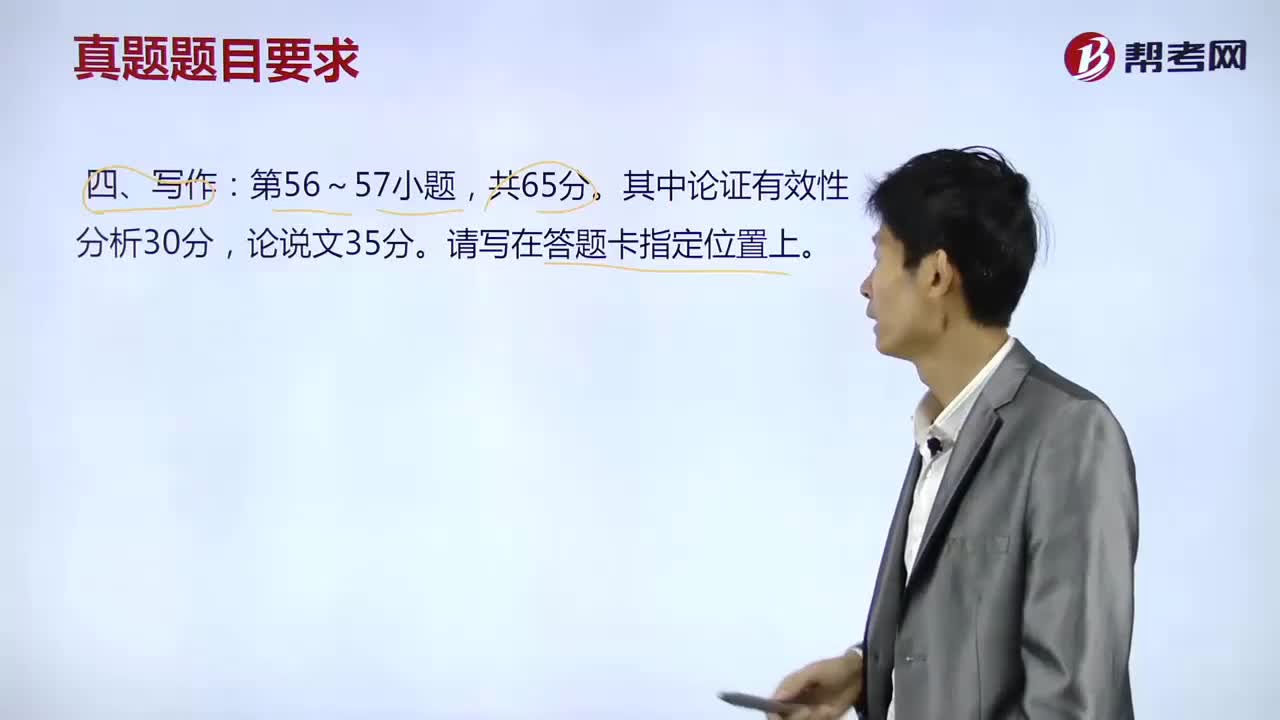 05:31
05:312020-05-15
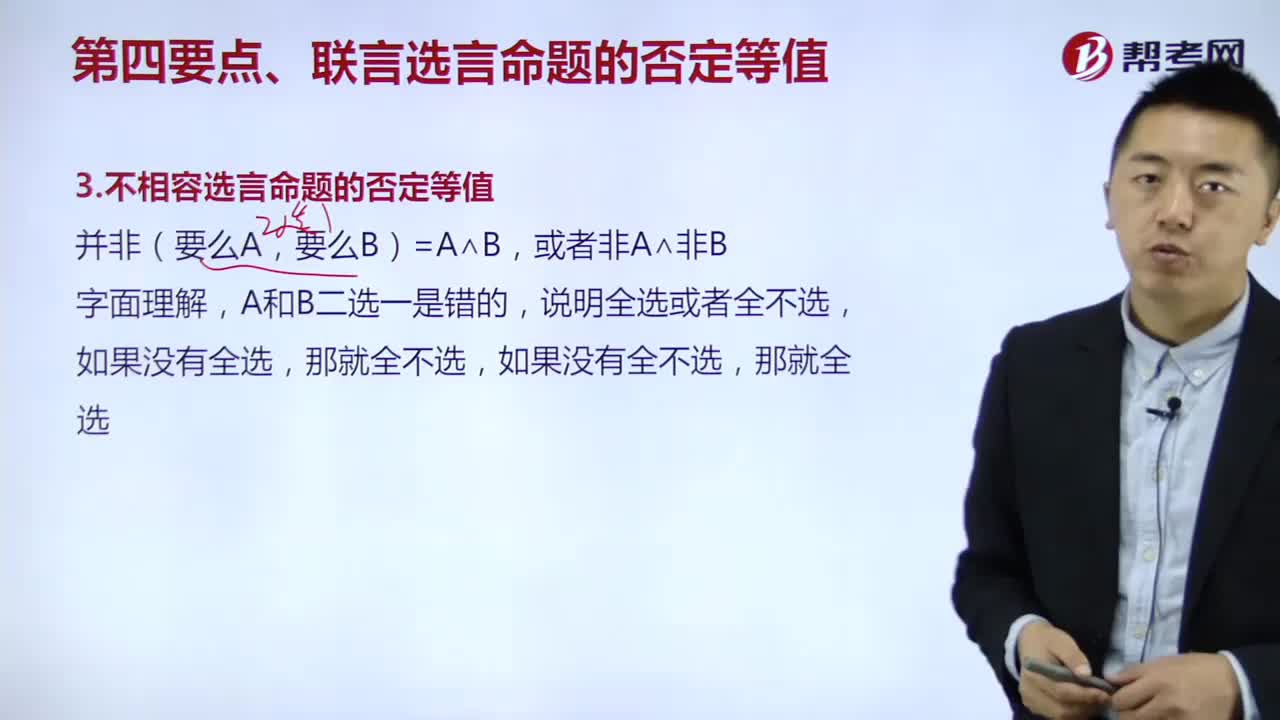 02:38
02:382020-05-15
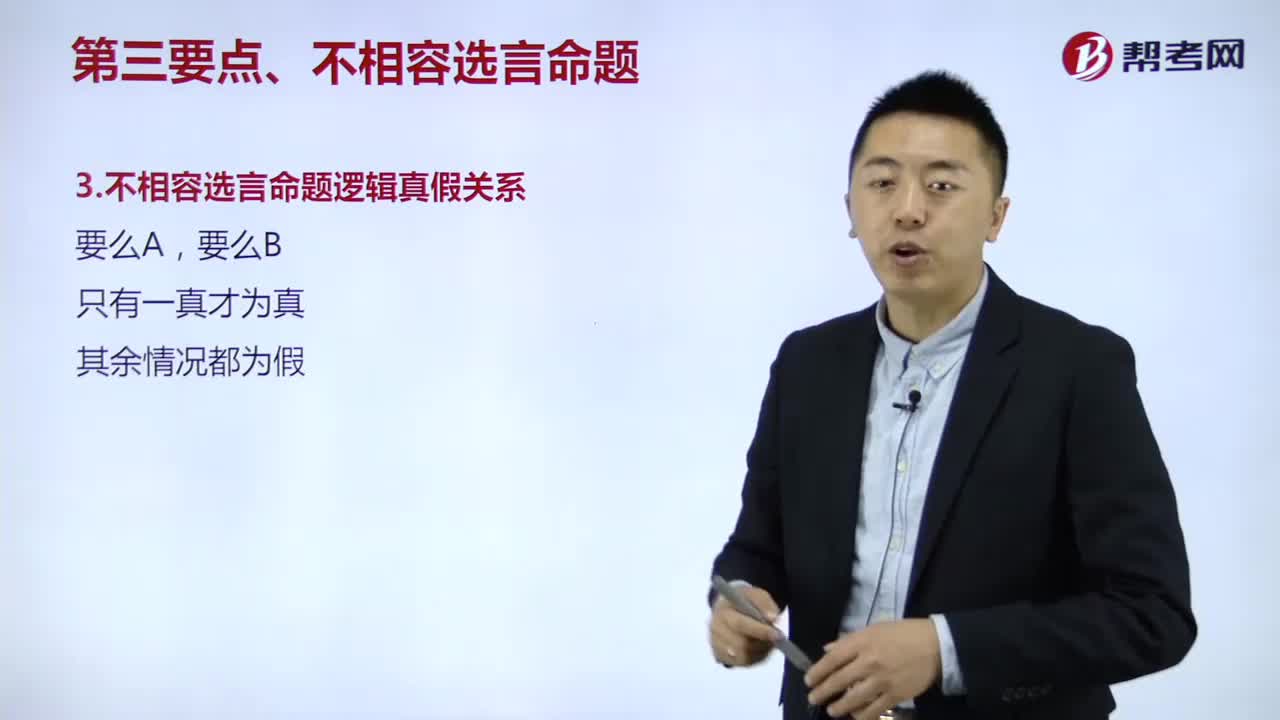 04:04
04:042020-05-15
 03:35
03:352020-05-15
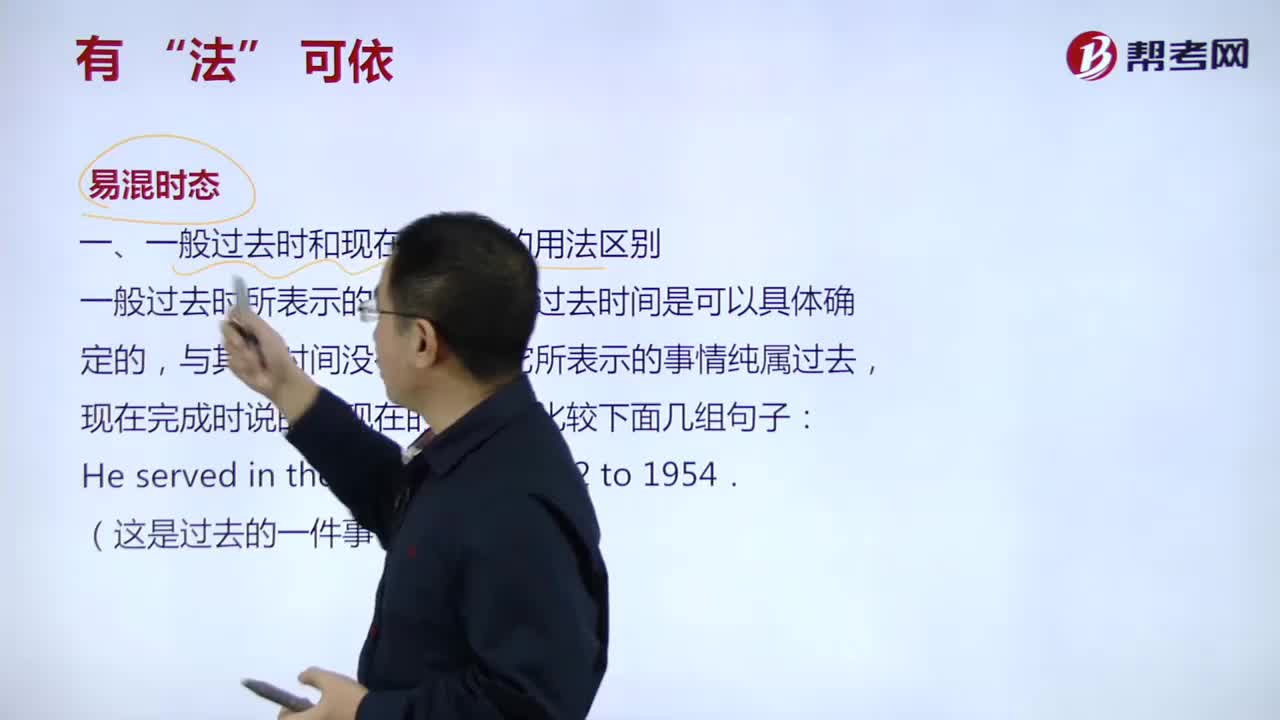 04:00
04:002020-05-15

微信扫码关注公众号
获取更多考试热门资料